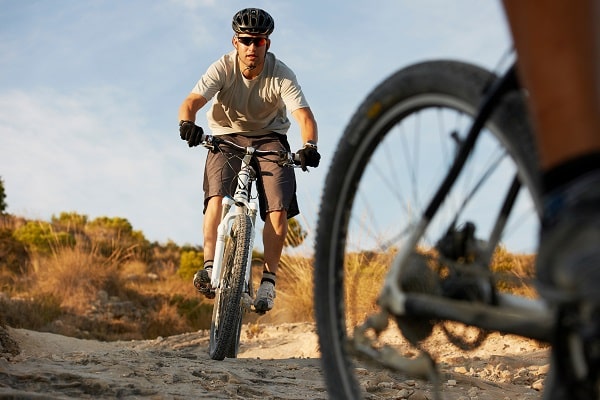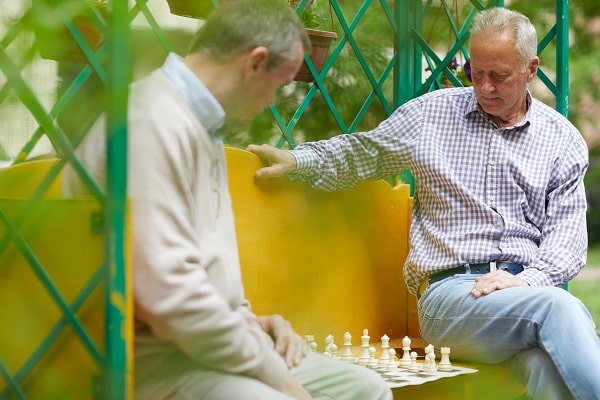Heat stroke is a severe medical emergency that is increasingly affecting outdoor enthusiasts. Recent statistics indicate a concerning uptick in the number of heat stroke cases among those who love to spend time in nature, whether hiking, biking, or engaging in other outdoor activities. The rise in these incidents is alarming and calls for immediate attention to preventive measures and awareness. Understanding the risks, symptoms, and preventive strategies is crucial for anyone who enjoys the great outdoors.
Contents
What is Heat Stroke?

Heat stroke is the most severe form of heat-related illness and occurs when the body’s temperature regulation system fails. The body’s temperature can soar to 104°F (40°C) or higher, leading to neurological complications. Symptoms often include confusion, slurred speech, and loss of consciousness. If not treated promptly, heat stroke can result in permanent organ damage or even death.
Understanding the signs and symptoms of heat stroke is the first step in prevention. These can range from high body temperature and altered mental state to nausea and rapid heartbeat. It’s crucial to recognize these symptoms early to seek immediate medical attention, as delayed treatment can have fatal consequences.
The Vulnerability of Outdoor Enthusiasts

Outdoor enthusiasts are particularly susceptible to heat stroke due to the nature of their activities. Hiking, biking, and other strenuous activities often involve prolonged exposure to the sun, high levels of physical exertion, and limited access to shade or water. These factors can quickly escalate the body’s core temperature, making individuals more vulnerable to heat-related illnesses.
Moreover, the thrill of adventure can sometimes overshadow the need for precaution. Many outdoor enthusiasts push their limits, ignoring early warning signs of heat exhaustion, which can quickly progress to heat stroke. The lack of immediate medical facilities in remote outdoor locations further exacerbates the risk.
Recent Trends and Statistics

Recent data reveals an alarming increase in the incidence of heat stroke among outdoor enthusiasts. According to studies, there has been a significant rise in emergency room visits and hospitalizations related to heat stroke in this group over the past few years. This trend is not only concerning but also puzzling, given the general awareness of the risks associated with outdoor activities.
Several factors contribute to this rise, including increasingly popular outdoor events like marathons and adventure races, which often take place in hot conditions. Additionally, social media may play a role, as the desire to capture the perfect outdoor photo can sometimes lead individuals to take unnecessary risks. These trends indicate a pressing need for targeted awareness campaigns and preventive measures.
The Role of Climate Change

Climate change is increasingly becoming a significant factor in the rise of heat-related illnesses, including heat stroke. Rising global temperatures, more frequent heatwaves, and increased humidity create an environment where heat stroke is more likely to occur. Studies have shown a direct correlation between climate change and the increased incidence of heat-related medical emergencies.
The implications of climate change on outdoor activities are far-reaching. Not only do rising temperatures make heat stroke more likely, but they also affect the safety of outdoor sports and activities. For example, higher temperatures can lead to quicker dehydration and increased physical stress, making it essential for outdoor enthusiasts to adapt and take additional precautions.
Common Misconceptions

Several misconceptions about heat stroke can put people at greater risk. One common myth is that heat stroke only occurs in extreme temperatures. In reality, heat stroke can happen even on moderately warm days, especially if other risk factors like high humidity and physical exertion are present. These misconceptions can lead to a false sense of security and a lack of necessary precautions.
Another dangerous misconception is that only the elderly or those with pre-existing medical conditions are at risk. While these groups are more vulnerable, heat stroke can affect anyone, regardless of age or physical condition. Outdoor enthusiasts, often young and physically fit, should not underestimate their risk and should take appropriate preventive measures.
Prevention Strategies

Preventing heat stroke involves a multi-faceted approach that starts with proper planning. Hydration is key; always carry enough water and avoid alcohol and caffeine, which can lead to quicker dehydration. Wearing lightweight, breathable clothing and a wide-brimmed hat can also help regulate body temperature. Timing activities to avoid the hottest parts of the day is another effective strategy.
Acclimatization is another crucial aspect of prevention. Gradually increasing the duration and intensity of outdoor activities allows the body to adapt to the heat. It’s also essential to take regular breaks in shaded areas and to listen to one’s body. Ignoring early signs of heat exhaustion, such as dizziness and excessive sweating, can lead to more severe conditions like heat stroke.
What to Do if Heat Stroke Strikes

If someone shows signs of heat stroke, immediate action is crucial. The first step is to call for emergency medical assistance. While waiting for help, move the person to a cooler environment, such as a shaded area or an air-conditioned building. Use cool water, ice packs, or cold, wet cloths to lower the body temperature, focusing on the armpits, wrists, and groin area.
It’s important to note that certain interventions can do more harm than good. For example, forcing the person to drink water can lead to complications if they are unconscious or semi-conscious. Similarly, using ice water for cooling can cause shivering, which may increase the body’s core temperature. Therefore, it’s crucial to follow medical guidelines for treating heat stroke.
Taking Action Against the Heat Stroke Epidemic in Outdoor Enthusiasts
The increasing incidence of heat stroke among outdoor enthusiasts is a pressing issue that demands immediate and collective action. Awareness of the risks, symptoms, and preventive measures is the first line of defense. Climate change exacerbates these risks, making adaptation and preparation more critical than ever. Debunking common misconceptions and implementing community and policy measures can further mitigate risks. It’s essential for individuals to take personal responsibility for their safety while advocating for broader changes. Through concerted efforts, the outdoor community can create a safer environment for everyone to enjoy nature’s offerings.


